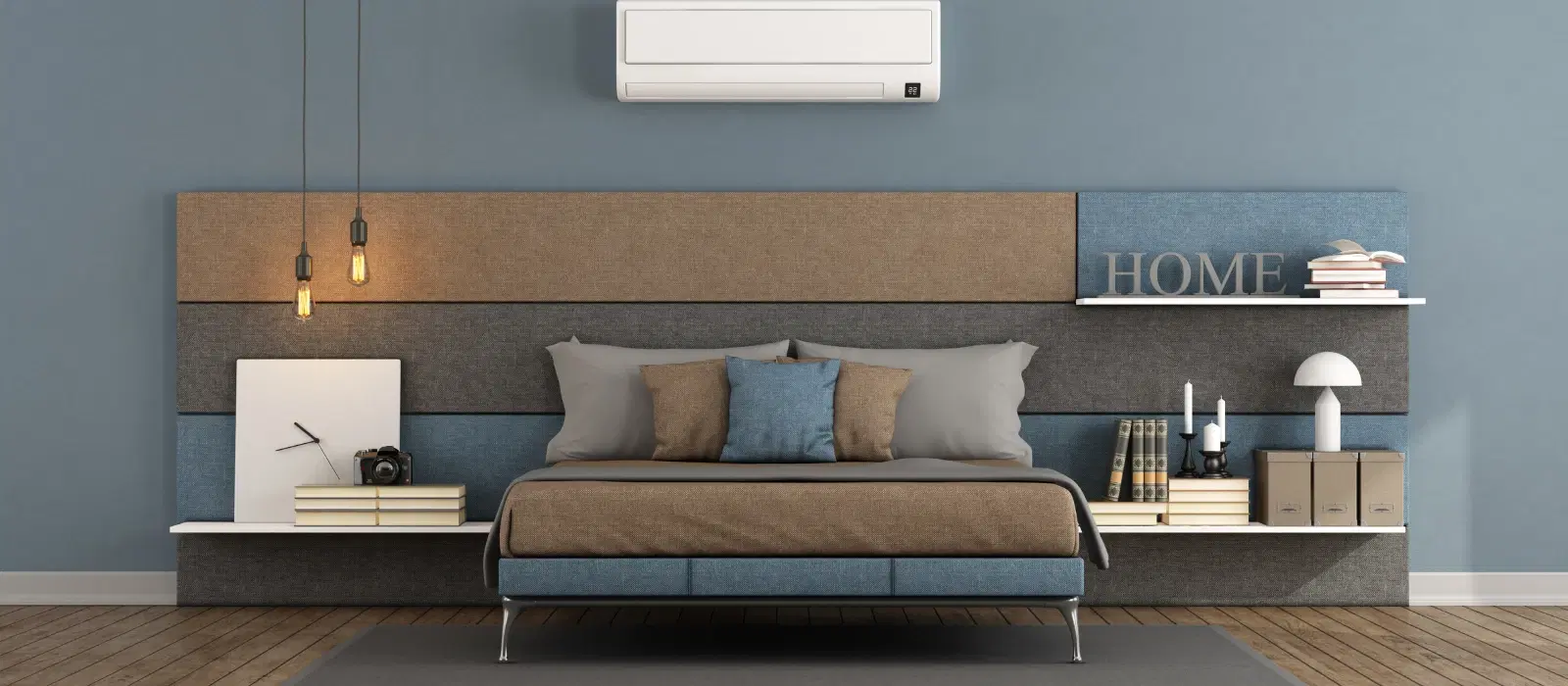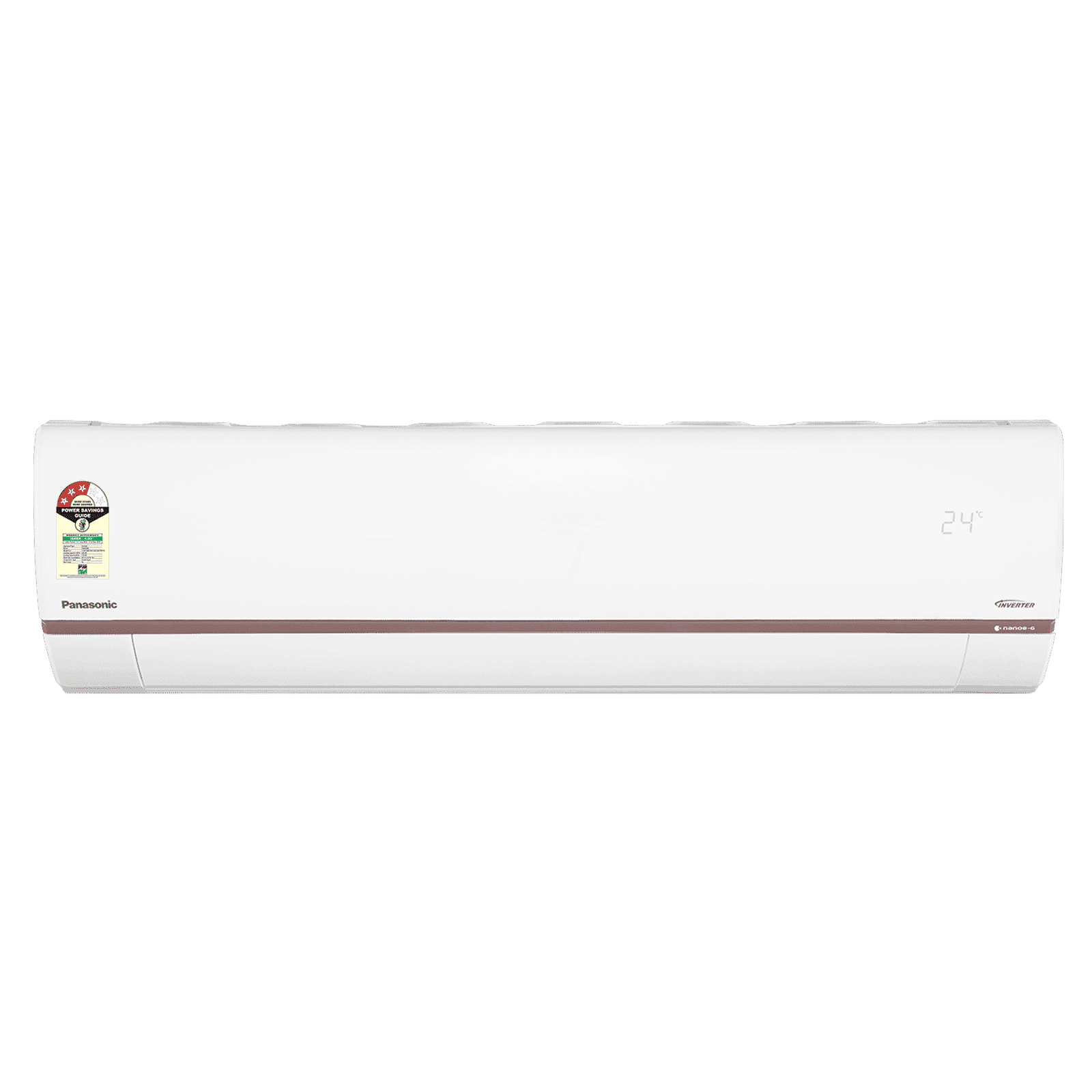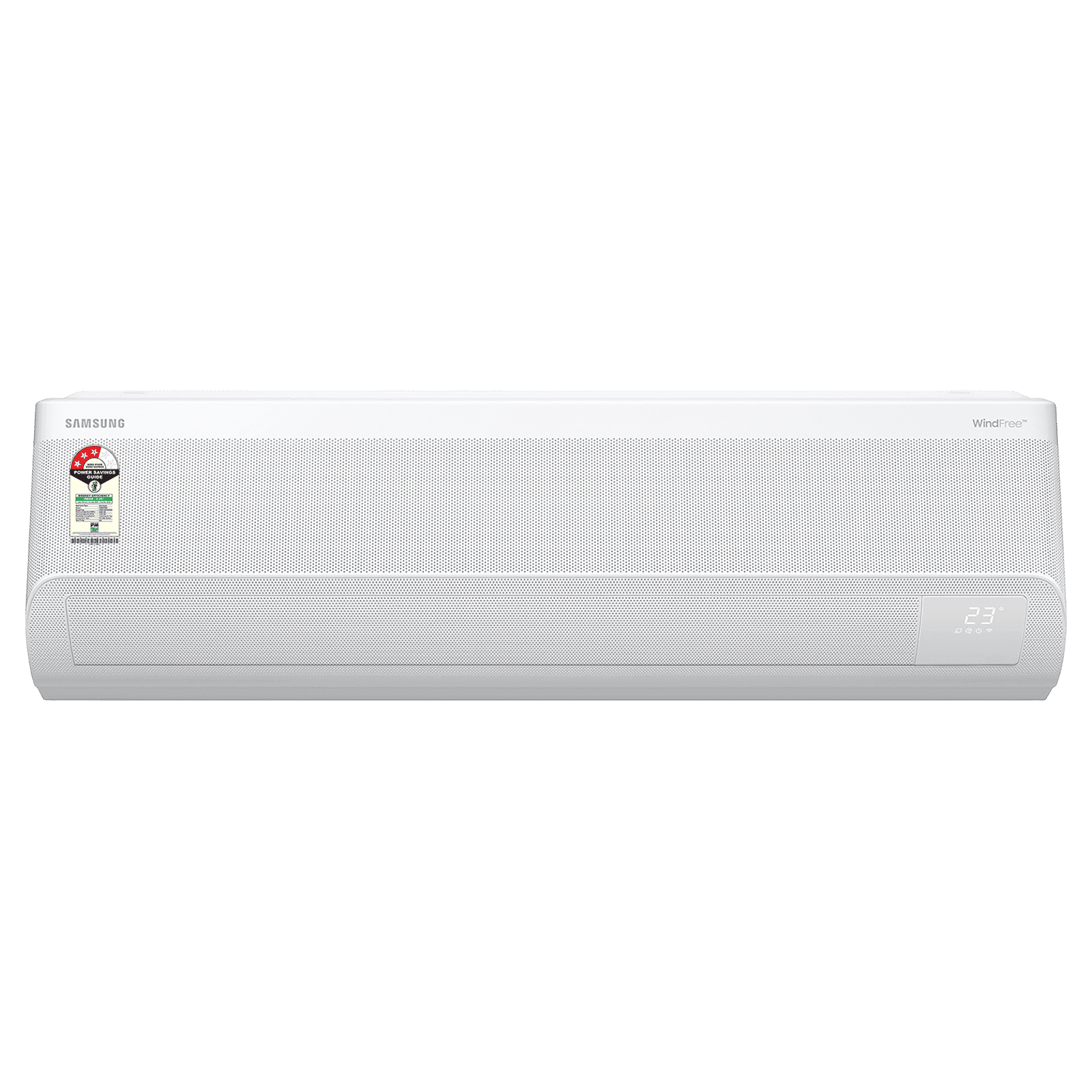
Home Appliances
•04 min read

Buy Panasonic WU 7 in 1 Convertible 1 Ton 3 Star Inverter Split Smart AC with Voice Assistant (2025 Model, Copper Condenser, CS/CU-WU12BKYFM) online at best prices from Croma. Check product details, reviews & more. Shop now!
Did you know that selecting the wrong air conditioner size can lead to higher energy bills and uncomfortable indoor temperatures? Choosing the right size of air conditioner for room comfort isn’t just about cooling down—it’s about ensuring efficiency, saving on energy costs and improving comfort during those hotter months. In this article, we answer your most common questions on room air conditioner capacity, how to choose the correct AC size for home and why getting it right matters for long-term savings.
An underpowered unit may struggle to cool your room properly, forcing it to run continuously and thereby increasing energy consumption and wear-and-tear. Conversely, an oversized system can cool too quickly without properly dehumidifying the air. This imbalance leads to increased energy waste and frequent cycling, which may strain the unit over time. Understanding the implications of improper air conditioner sizing guides you in making a smart, informed decision.
Choosing the right size boosts energy efficiency and ensures consistent indoor comfort every day. This is where the concept of British Thermal Units (BTUs) comes in—a direct measure of the cooling capacity required for different room sizes. By matching the unit’s capacity to your room’s requirements, you ultimately gain lower electricity bills and a cozier living environment. Whether you are shopping for a best AC size for bedroom or a reliable unit for larger spaces, understanding this metric is key.
BTUs are the standard unit of measurement used to gauge an air conditioner's power to remove heat from a room. Essentially, they indicate how effectively a unit can cool your space. When choosing the size of air conditioner for room applications, BTUs provide a useful guide as they relate directly to the space’s cooling requirements.
Several factors influence the BTU requirements of your room. Room dimensions and ceiling height, level of sunlight that enters the space, and the number of occupants all play a part. Areas that generate extra heat, like kitchens or rooms with many electronic devices, might require higher BTU ratings. By keeping these factors in mind, you can easily follow an air conditioner sizing guide that is tailored to your specific environment and needs.

Buy Godrej I Series 5 in 1 Convertible 1.5 Ton 5 Star Inverter Split AC with Anti Dust Filter (2024 Model, Copper Condenser, SIC 18ITC5-WYS) online at best prices from Croma. Check product details, reviews & more. Shop now!
Calculating the proper capacity for your room can be straightforward. First, measure the room’s square footage. A common method is to multiply the square footage by a baseline value, such as 20 BTUs per square foot. However, if your room is exposed to strong sunlight or has high ceilings, adding extra capacity ensures optimum comfort. Keeping it simple, this calculate AC size for room guide helps eliminate too much technical jargon while giving you a practical formula you can use at home.
An AC size chart for rooms can simplify this process even further. These charts list common room sizes alongside their corresponding BTU recommendations which can save time and prevent errors. For instance, a typical 12x12 room (144 square feet) would usually need a unit with around 3000-4000 BTUs. Charts not only ease decision-making but also help in benchmarking your unit against ideal air conditioner for small room capacities, ensuring you make a choice that is both energy-efficient and cost-effective.
Bedrooms often require quieter and more energy-efficient models. For rooms up to 250 square feet, a 7000 BTU unit may suffice—provided there is not an excess of sunlight or other heat sources. Selecting the best AC size for bedroom use enhances your sleep environment by maintaining a consistent, gentle coolness throughout the night.
For compact spaces, oversized units can be a mistake, as they'll use more energy and may create larger temperature fluctuations. When choosing an ideal air conditioner for small room needs, look for models designed to be energy-efficient without overwhelming the room’s modest dimensions. With the correct unit, even tight spaces stay comfortable without incurring extra running costs.
For bigger rooms or open-plan areas, the challenge is to distribute cool air uniformly. Here, considering the correct AC size for home applications means accounting for several factors including the layout, number of partitions, and additional heat sources. Balancing these considerations ensures the entire area remains cool while keeping energy bills in check.
Energy efficiency is at the forefront when choosing an air conditioner. Prioritise units that boast modern energy-efficient features such as inverter technology. These models adjust power consumption based on the room’s temperature demands, thereby reducing your overall electricity costs. For those looking for an energy-efficient AC for room cooling, such technology not only lowers running costs but also contributes positively to the environment.

Buy SAMSUNG WindFree 5 in 1 Convertible 2 Ton 3 Star Inverter Split Smart AC with Voice Assistant (2025 Model, Copper Condenser, AR60F24D13WNNA) online at best prices from Croma. Check product details, reviews & more. Shop now!
Keeping your air conditioner running smoothly involves regular care. Simple maintenance steps like cleaning filters monthly and ensuring that vents remain unobstructed can significantly enhance performance. Scheduling annual professional inspections can also prolong your unit’s lifespan and prevent major repairs.
Expert Tip: Maximise Your AC’s Efficiency
To ensure your air conditioner runs at peak performance, keep vents unobstructed, clean filters monthly, and consider professional maintenance annually. A well-maintained unit lasts longer and saves you money.
Measure your room’s square footage, multiply by 20 BTUs per square foot and adjust for features like sunlight exposure and room usage.
A 12000 BTU air conditioner can effectively cool spaces of approximately 400-500 square feet, based on insulation quality and sunlight exposure.
Yes, 7000 BTU is generally sufficient for bedrooms up to 250 square feet, unless there are additional heat sources or high sunlight levels.
A 12x12 room usually requires around 3000-4000 BTUs to maintain a comfortable temperature.
Models with inverter technology and ENERGY STAR certification offer the best energy efficiency, making them optimal for small rooms.
In summary, selecting the right size of air conditioner for room comfort is crucial for maintaining energy efficiency, achieving consistent comfort and ensuring long-term savings. By understanding BTUs, using an AC size chart for rooms, and considering special requirements for different types of spaces, you can make an informed decision whether you are looking into the best AC size for bedroom or a unit that fits larger spaces. Remember that a well-planned choice will help you maximise your savings over time while enjoying a comfortable environment at home. With reliable information and maintenance tips in hand, you are now better prepared to enjoy the reward of a cool and energy-savvy space.